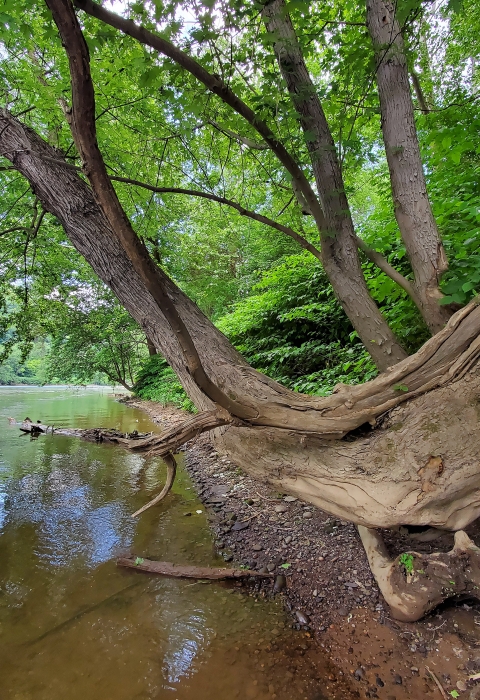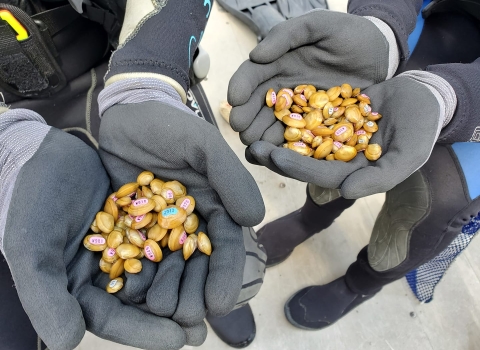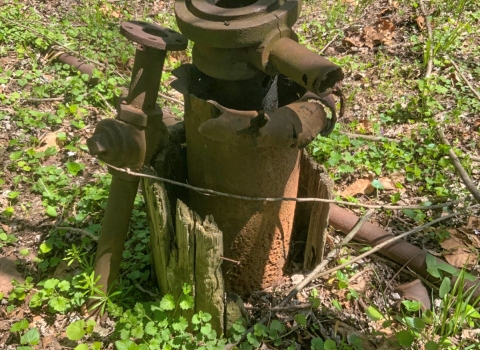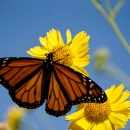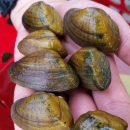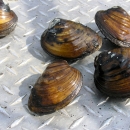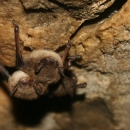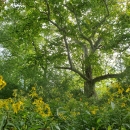Visit Us
For generations, the islands of the Ohio River inspired the imagination. In their wild form, they conjure images of Huckleberry Finn, or echo the adventures and struggles of local tribes and of frontiersmen. Through the industrial era, it may have seemed the opportunity to experience the islands had passed forever. But now it is possible once again to experience the rich natural splendor and to explore the islands of the great Ohio River.
Location and Contact Information
Our Species
Mussels are important to the health of a river ecosystem. They are filter feeders, which helps reduce silt, sediment, and pollutants in the water. They also provide habitat for other invertebrates and fish, and are food for other wildlife. Burrowed in the river sediment, mussels move very little during their life and require fish to serve as hosts to disperse their young. The refuge is working with many other wildlife organizations to help conserve and restore freshwater mussel populations and communities. Forty-seven species of native freshwater mussels live within the refuge waters on the Ohio River. This includes eight federally endangered mussel species: fanshell, pink mucket, sheepnose, spectaclecase, snuffbox, purple cat's paw pearlymussel, clubshell, and rayed bean.
Get Involved
From its start in 1903, the National Wildlife Refuge System has owed its very existence to concerned citizens eager to protect America's natural resources. Though Ohio River Islands only became a National Wildlife Refuge in 1990, the refuge's establishment only came to fruition through the interest and effort of citizens who took action in the preceding decades, back when the conservation movement was just gaining momentum. Whether you want to further conservation, learn more about nature, or share your love for the outdoors, now you, also, can play an important role in our continuing efforts to improve conservation in the mid-Ohio Valley by doing what you love.
National wildlife refuges partner with volunteers, youth groups, landowners and neighbors to make a lasting difference.
Projects and Research
The refuge is a vital link in the overall function of the ecosystem. To offset the historic and continuing loss of riparian riparian
Definition of riparian habitat or riparian areas.
Learn more about riparian and forested floodplain habitats within the ecosystem, the refuge helps to provide a biological "safety net" for migratory non-game birds and waterfowl, threatened and endangered species, and other species of concern.
